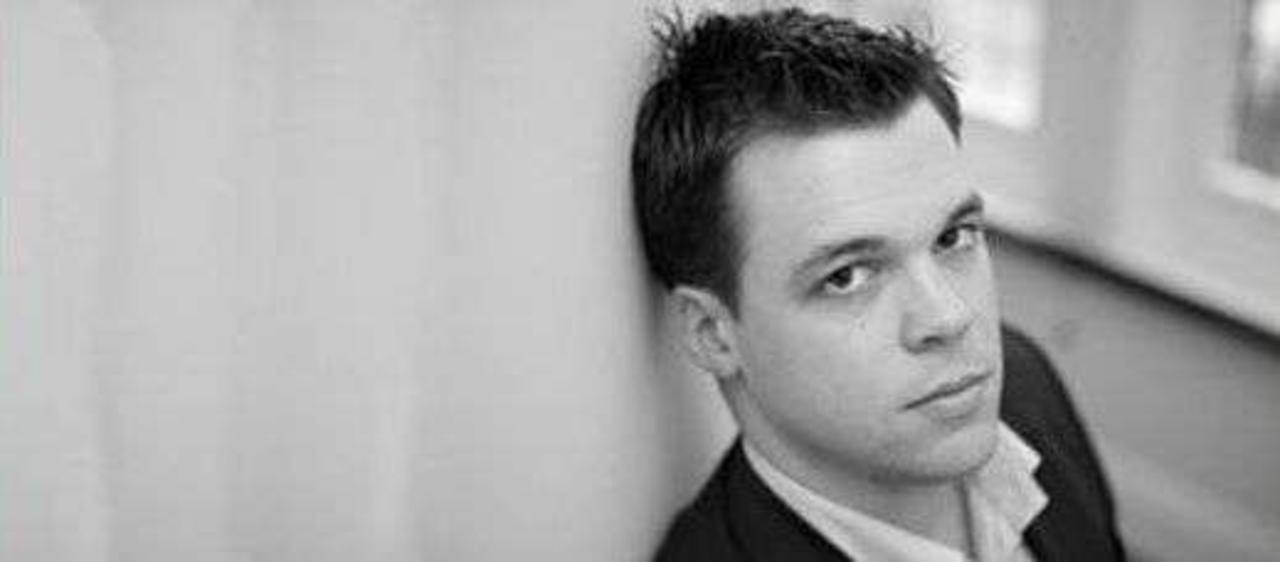The Crimean War of the 1850s was a revolution in communication. For the first time reports from the battlefield were returned in what felt like near-real-time thanks to the electric telegraph transmitting messages in just hours rather than them having to be sent by horse across Europe. Many people complained about the impact of this real-time news, and the harm that it did reporting on the events tragedies of the war as they happened.
Perhaps more contentious, however, than this written word reporting was the use, for the first time, of war photography with photographs from Roger Fenton showing the real detail of what was happening. Whereas once newspapers had to rely on words, etchings and drawings to report what was happening, they could now show actual photos of war, of people and of suffering. Photos proved to be more powerful than even the real-time written word back in the 1850s.
If 2011 was the year Twitter and citizen journalism came of age, 2012 is set to be the year that social photography comes of age. And it could be even more powerful.
Whilst we have been used to Facebook focusing on photography for some time, that platform is more often about sharing photos with a (relatively) close group of friends. Family events, babies, parties, special holidays. These kind of events are very personal and reflect the nature of Facebook – where you (broadly speaking) network with people that you know or that you have chosen to share personal connections with. The growth of photography in more public social networks and online communities is more nascent, but is one of the most interesting and powerful areas where social is developing.
Photography is different. It allows you to share a moment and allows you to give people a real insider view of what you are doing or what is happening. It also travels across linguistic boundaries with ease. For individuals, photography is a simple way of sharing what you are doing, capturing the essence of your life at a particular moment and sharing that with others. It often has more social currency than the written word (especially than the written Tweet) – imagine trying to describe what is happening in any photograph in a single tweet and you will see it conveys so much more ‘information-per-instance’. It can also be appreciated on a number of different levels – the content of the photograph, the moment it is capturing, the framing, the use of colour – increasing its value and shareability to different people and different communities.
Brands and celebrities can also benefit from photographs. There is still a huge amount of social currency in going ‘behind the scenes’ – allowing people to see things that they cannot normally see. Because of the high rate of ‘information-per-instance’, a photograph can often give people much more than endless status updates or Tweets. For celebrities, it is a way of letting people into your lives (and controlling this) – imagine the power of you sharing your own holiday photos or photos of your weekend. People will consume this content avidly as it provides what feels like real access to their lives (just look at Justin Bieber or Barack Obama on Instagram). Brands can also benefit from using photographs in the same way to show behind the scenes and to control the access people get into events, decisions and the brand itself from Starbucks sharing photos from stores worldwide, to Tiffany & Co showing people what happens behind the scenes to their jewellery and diamonds.
Photography offers real power to individuals, celebrities and brands to capture and share much more information that can easily be shared in a written Tweet. It allows you a window into what they are doing and seeing right now and can be shared easily between communities and across borders. 2011 saw the rise of camera phones and more importantly of social photo sharing apps – notably Instagram – which lower the barriers to social photography. As these continue to rise in popularity and usage in 2012, we should expect to see more photography shared by more people.
Whereas 2011 saw people getting used to messages from Twitter being used in traditional media (from newspapers and TV reports) we should expect 2012 to be the year of social photography. Bringing insights into events around the world through photographs and showing, as Roger Fenton did in the Crimean war, the power of photography alongside the written word.
Original Post: http://www.freshnetworks.com/blog/2012/01/instagram-and-the-growing-power-of-photography-in-social-media/


